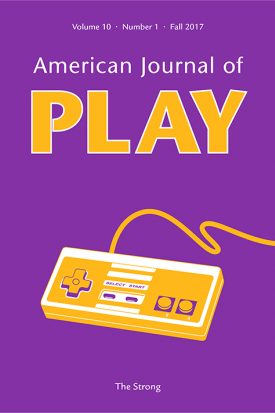For your theoretical scrutiny: Game Studies: The International Journal of Computer Game Research has just published its latest issue (Volume 18, Issue 2, September 2018). All articles are available at http://www.gamestudies.org/1802
Articles
by Meghan Blythe Adams, Nathan Rambukkana
This paper investigates non-monogamy in videogame narratives with a focus on games that include scripted non- monogamous gameplay options, such as Mass Effect (BioWare, 2007), and The Witcher 3: Wild Hunt (CD Projekt RED, 2007), along with the current limitations on this form of representation in mainstream games.
by Jonne Arjoranta, Marko Siitonen
This article analyses Hearthstone players’ forum discussions. The analysis illustrates how forum participants interpret the game’s limited emote system and talk about ways of misusing the emotes for negatively loaded purposes, despite the designers’ intention of making player-to-player interaction positive.
The Semiotics of the Game Controller
by Johan Blomberg
How the video game experience can be characterized is an important question in video game research. I argue that the video game controller has a crucial role for the interactive experience. This paper presents a semiotic analysis of the relation between player, video game, and controller.
by Ahmed Elmezeny, Jeffrey Wimmer, Manoella Oliveira dos Santos, Ekaterina Orlova, Irina Tribusean, Anna Antonova
Using a qualitative content analysis, this study analyses the differences between trolling strategies and reactions to trolling in two nationally distinct gaming image boards (Russia and Brazil). The research shows that while there are differences in both samples, overall trolling is somewhat homogenous, indicating a transcultural standard.
by Rob Gallagher
Narrated by a father who bonds with his autistic son via Minecraft, Keith Stuart’s novel A Boy Made of Blocks highlights the important role videogames now play in discourses of gender, ability, education and parenting. This article draws on Stockton’s work on ‘queer childhood’ to assess the book’s implications for conceptions of gamer masculinity.
Walking, Talking and Playing with Masculinities in Firewatch
by Mellisa Kagen
The story, mechanics and genre of Firewatch subvert traditional, hypermasculine videogame norms and encourage players to perform a care-oriented masculinity.
No Straight Answers: Queering Hegemonic Masculinity in BioWare’s Mass Effect
by Theresa Krampe
This article discusses the ludic and narrative presentation of non-hegemonic masculinities in BioWare’s Mass Effect trilogy from an intersectional queer game studies perspective. In-depth and multidimensional character analyses reveal the complex power structures permeating the game and regulating its identity politics.
The Wasteland of the Real: Nostalgia and Simulacra in Fallout
by Kathleen McClancy
This article discusses how the intersection of fictional worlds, game rules, and narratives in videogames challenges the creation and ideological employment of Baudrillard’s simulacra through an examination of the Fallout franchise’s engagement with Cold War nostalgia and computer technology.
Everything Merges with the Game: A Generative Music System Embedded in a Videogame Increases Flow
by Joshua D. Sites, Robert F. Potter
Designers strive to create games conducive to flow, “the optimal experience.” This study demonstrates that a generative music system in place of a traditional game soundtrack can help players reach flow, even when they are unaware of the novel music system. The benefits of a generative system were most apparent in the first minutes of gameplay.

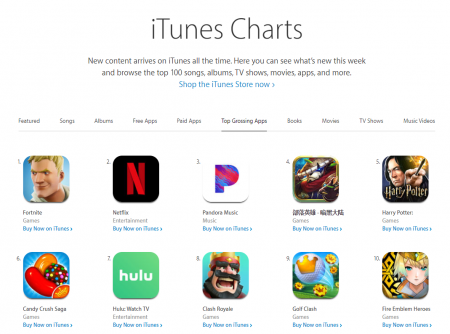
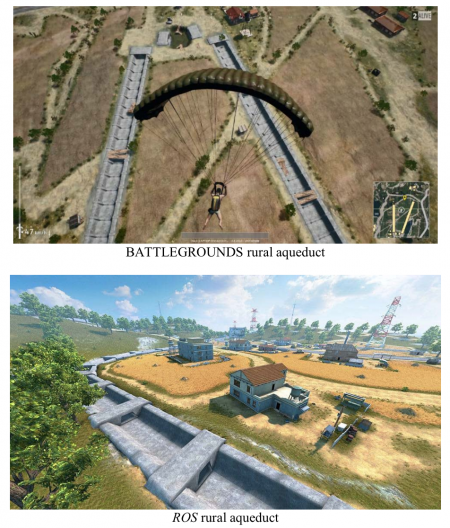
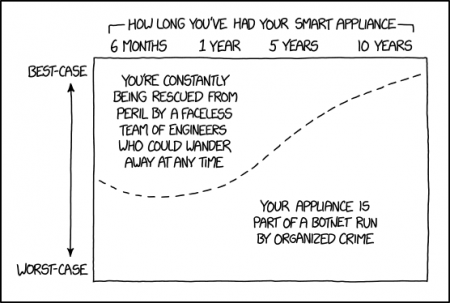
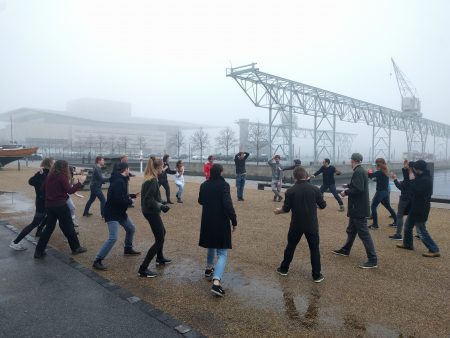
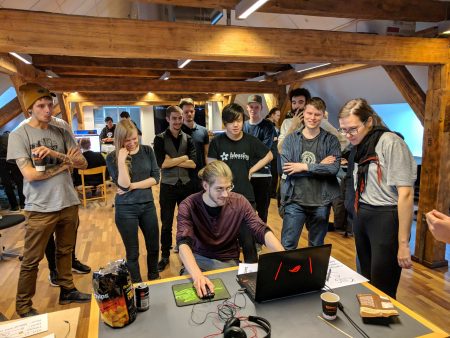 The master’s program in Visual Game and Media Design is in English, and is open to all students, Danish and International, with a relevant bachelor’s degree in fields such as graphic design, game design, animation, or 3D modeling. We encourage students with nontraditional backgrounds to apply.
The master’s program in Visual Game and Media Design is in English, and is open to all students, Danish and International, with a relevant bachelor’s degree in fields such as graphic design, game design, animation, or 3D modeling. We encourage students with nontraditional backgrounds to apply.